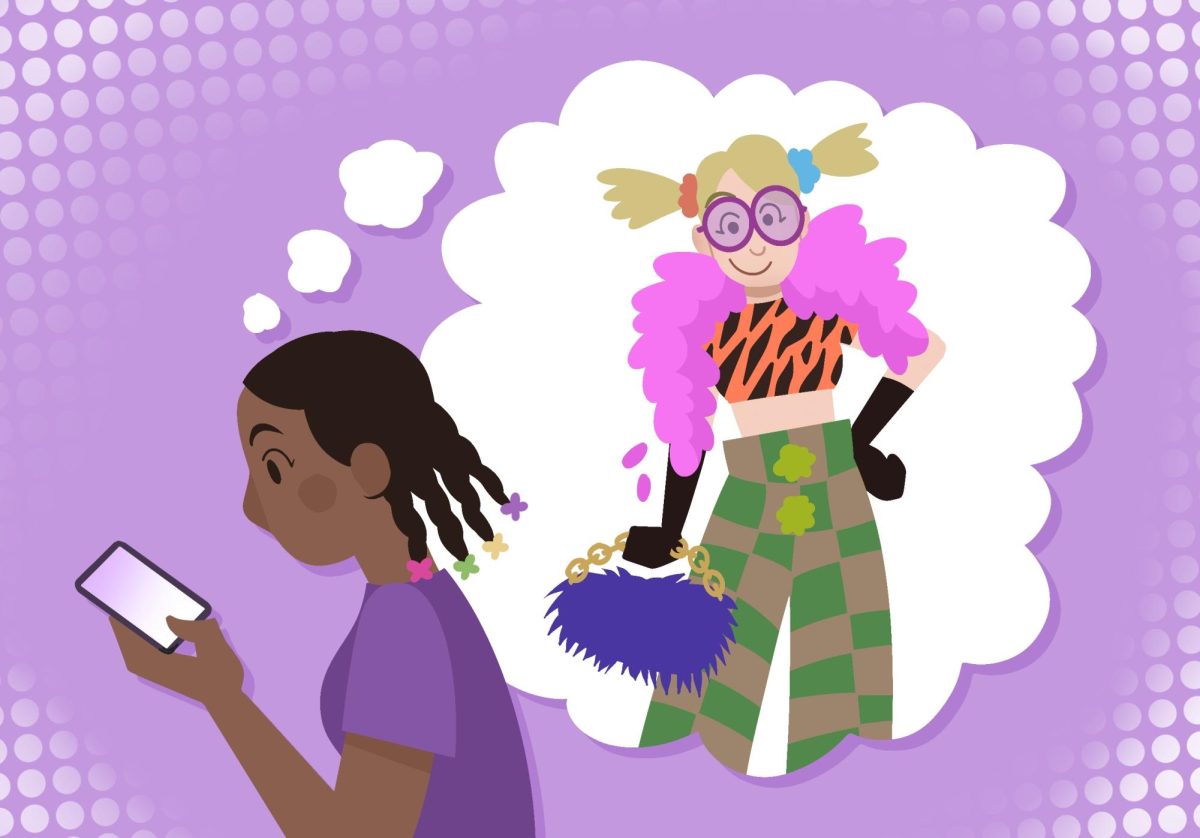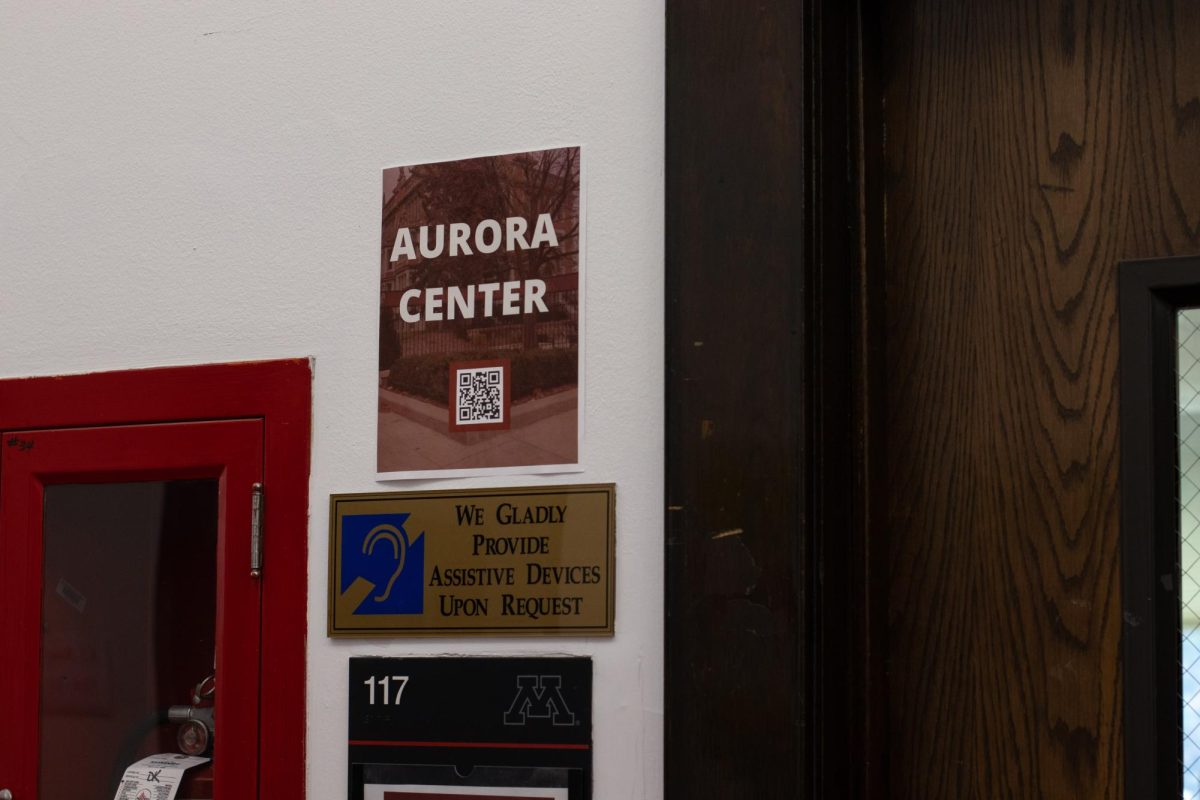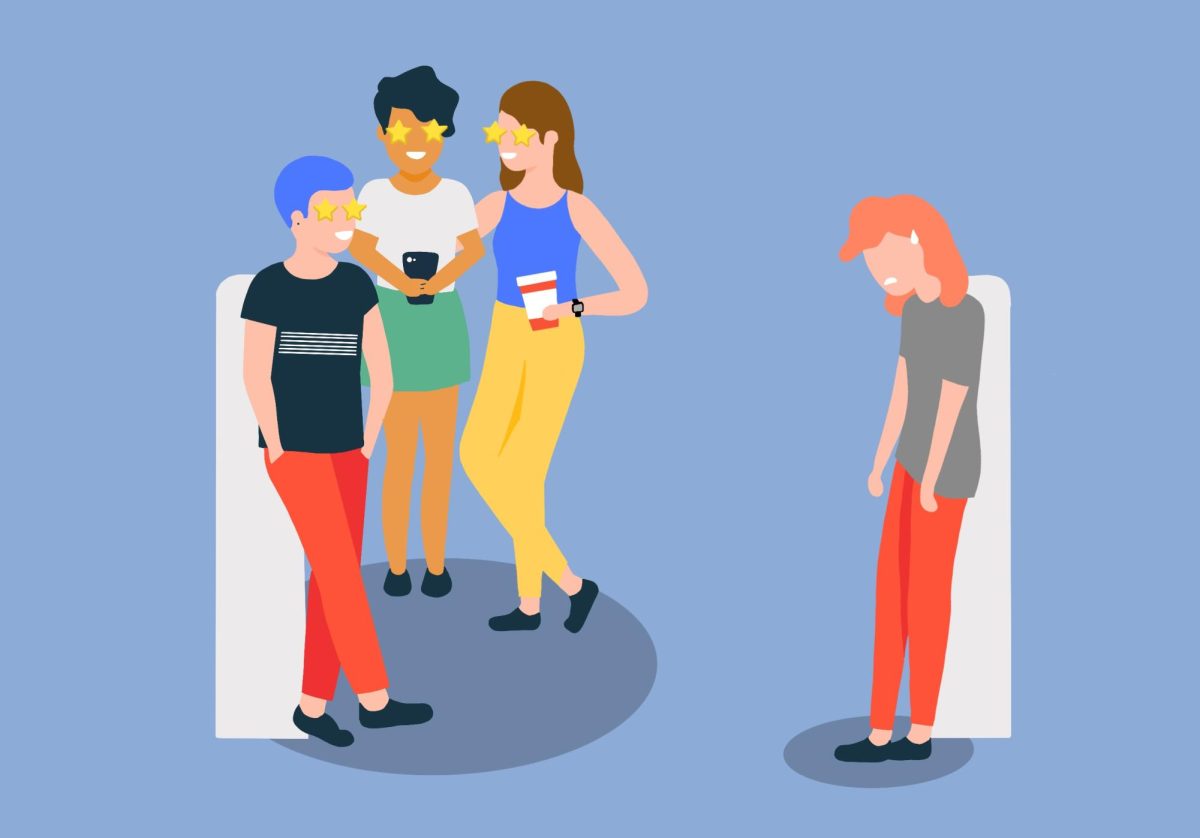Millennials and Generation X are in a unique historical position in terms of photo documentation. Dusty scrapbooks filled with grainy prints of first birthdays, grade school graduations and art projects narrate the first decade of our lives. Some collections skip from sandbox photos to high school prom, and others are meticulously organized by month, year and unfortunate haircut. However, no scrapbook competes in comprehensivity with the online photo collection of the second decade of our lives.
In 2008, Facebook became the most popular social media network in the United States. In 2010, Instagram, now owned by Facebook, was released. But throughout those years, our tools were flip phones and dinosaurs like the disposable camera. Now, the devices we keep in our pockets have the capabilities to compete with semi-professional cameras. The new iPhone 11 boasts its “dual camera.” Apple is currently marketing the line “It just got a whole lot harder to take a bad photo.” Camera quality and accessibility has changed photography practices from the documentation of major events and memorandum to “post culture.” Everyday events, which would normally be overlooked, are digitally captured on the basis of their artistic qualities. Our galleries are saturated with latte art, sunsets and selfies.
Social media photography doesn’t lack substance entirely — between the avocado toast and blurry concert videos are memories of family vacations, new tools for communication and opportunities for greater global awareness. Buzzfeed released a video in 2012 outlining the most powerful and important photographs in history. These frames are commended for capturing unimaginable snapshots of humanity. Photos preserve memories and have incredible sentimental value. But post culture and social media photography are surpassing the bounds of usefulness or nostalgia and are evolving into an issue.
Excessive photography can be damaging to our relationships. Social activities like traveling, girls’ night out and concerts are becoming glorified photoshoots. Genuine interactions are substituted for appropriate poses and the everlasting search for favorable lighting. For example, observe the “Instagram boyfriend.” Post culture fuels a desire to project popularity, affluency and apparent happiness, creating toxic competition between friends.
Post culture also distracts us from legitimate experiences. Every day, thousands of people visit The Louvre and stand in a horrendous line of zigzagging ropes, and spend less than 15 seconds viewing Mona Lisa before being shuffled away by security guards. A few years ago, the museum was forced to implement a “one picture rule” to keep the line moving, and guests from attempting to do a full-on photoshoot in front of the painting. On one hand, photos are valuable because they preserve fleeting moments. Should one ever be so lucky as to find themselves in the presence of a DaVinci painting, the moment ought to be savored. But a picture of the Mona Lisa from 20 feet away has more remarkable content about tourists’ balding tendencies and aggravated museum staff than whatever blurry adaptation of her smile it caught.
Photography can wrangle fragments of intense beauty, whether ordinary or spectacular, into tangible gigabytes. Neither is social media inherently destructive nor are sentimentalists fundamentally erroneous. Latte art and sunsets are all the more beautiful for how briefly they bloom, so take a picture. Just don’t let your coffee turn cold or the sun fade to night while flipping through filters.














